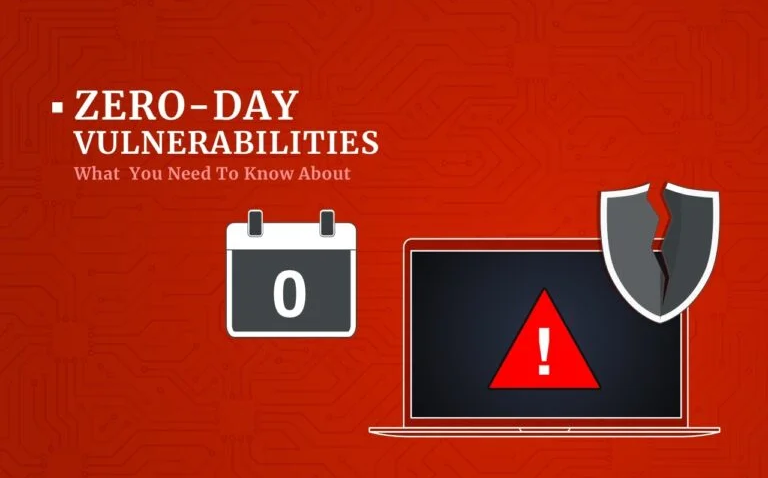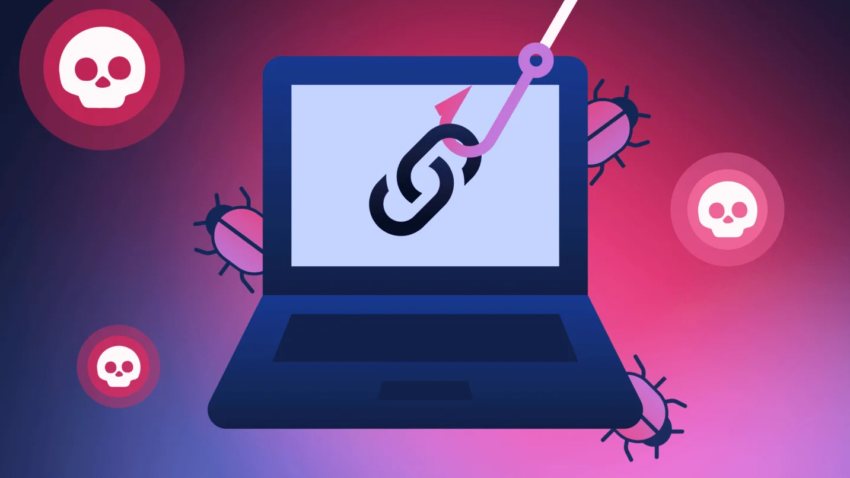In the age of hyperconnectivity, Internet of Things (IoT) devices are everywhere—from smart thermostats and wearable fitness trackers to industrial sensors and medical devices. As adoption soars, so does the attack surface for cyber threats. While these devices offer convenience and innovation, they also present unique security challenges. Unlike traditional endpoints, many IoT devices are designed with minimal built-in security, making them prime targets for hackers. As a result, securing IoT devices is no longer optional—it’s essential.
The Rising Risks of IoT Insecurity
The number of IoT devices globally is expected to surpass 30 billion by 2030, and with that growth comes increased vulnerability. Many devices lack strong authentication, run outdated firmware, or communicate over unencrypted channels.
Common IoT security risks include:
- Unsecured communication protocols
- Weak or default passwords
- Lack of firmware updates
- Inadequate device management
- Data interception and surveillance
- Devices being used as part of botnets (e.g., Mirai)
Without proper safeguards, a single compromised IoT device can give attackers access to a broader network, leading to data breaches, DDoS attacks, and privacy violations.
Best Practices for IoT Device Security
Securing IoT devices requires a multi-layered approach that spans hardware, software, and network policies. Here’s how organizations can enhance their IoT security posture:
Change Default Credentials Immediately
Many devices ship with default usernames and passwords. Always change these upon installation and enforce strong password policies.
Pro tip: Use password managers to handle unique, complex credentials for each device.
Keep Firmware and Software Updated
IoT vendors often release firmware updates to patch vulnerabilities. Set up a schedule—or better, automate—regular updates for all connected devices.
Ensure your IT team monitors devices for newly released patches from manufacturers.
Segment the Network
Keep IoT devices on a separate network from critical business systems. Network segmentation limits the impact of a potential breach.
For example, place smart HVAC systems on a separate VLAN from your internal business servers.
Use Encrypted Communications
Ensure devices use TLS/SSL encryption to protect data in transit. Avoid devices that do not support modern encryption standards.
End-to-end encryption is a must for devices that transmit sensitive data.
Implement Device Authentication
Use multi-factor authentication (MFA) or certificate-based authentication for IoT device access, especially for administrative controls.
Monitor and Audit Devices Regularly
Use IoT security platforms or SIEM tools to detect unusual behavior. Monitor bandwidth usage, device uptime, and data flows.
Unusual spikes in traffic or unexpected data flows could signal compromise.
Choose Secure Vendors
Select IoT manufacturers that prioritize security in their design and provide long-term support for updates.
Review vendors’ security policies, certifications, and patching history before purchasing.
The Future of IoT Security
As IoT continues to grow, so must our commitment to securing it. Emerging solutions like AI-driven threat detection, zero-trust architectures, and blockchain-based authentication show promise in safeguarding the IoT ecosystem.
But at its core, effective IoT security begins with awareness, responsibility, and action.
The more connected we become, the more critical security becomes. Organizations that proactively secure their IoT environments not only protect themselves but also contribute to a safer digital world. Start with the basics: strong passwords, timely updates, encrypted communications, and vigilant monitoring.
By treating IoT security as a priority—not an afterthought—you ensure that innovation doesn’t come at the cost of vulnerability.
Tag: #IoTSecurity #SecuringIoTDevices #InternetofThingsCybersecurity #SmartDeviceProtection #FirmwareUpdatesIoT #IoTNetworkSegmentation #IoTEncryptionBestPractices #IoTThreatPrevention #CybersecurityforSmartDevices #SecureConnectedDevices
At INFOCUS-IT, we specialize in advanced cybersecurity solutions—from threat detection and incident response to compliance and risk management. Whether you’re a small business or a large enterprise, our experts are here to protect what matters most.
Book your vulnerability scan now → infocus-it.com
📩 Support: support@infocus-it.com
📞 Helpdesk: +91-8178210903
hashtag#vapt hashtag#owasp hashtag#bugbounty hashtag#ethicalhacking hashtag#infocusit

